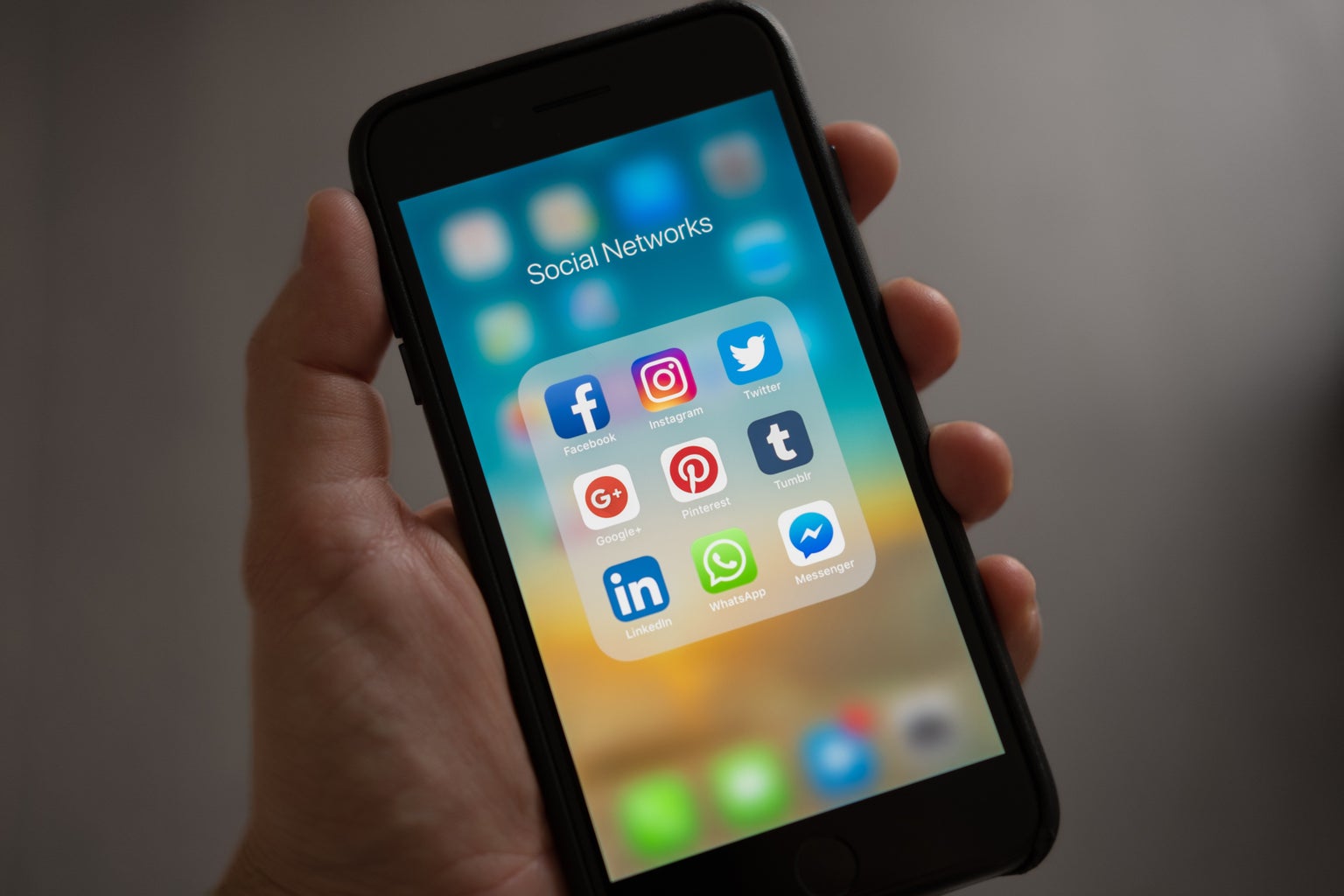Two years ago, my coworker told me to add her on LinkedIn. I was working as a summer student research assistant fresh out of my second year and I had vaguely heard of LinkedIn but never really knew much about it. When she showed me her profile and how to use the website, I was hooked. They say LinkedIn is the best career move you could ever make, and I agree, yet not many people have a LinkedIn in their university years. I’m here today to tell you what the hype is all about and why you should take a good hour and a half of your day to build your profile.
What is it?
Essentially, LinkedIn is a social network to help you build your career and digitally network with industry professionals. It’s basically your online resume that companies and recruiters can search up when thinking of hiring you or when trying to find someone who would be a great fit for their company. I often refer to it as the “professional Facebook” where your profile is essentially your entire resume on display and your friends are business connections (but they can also be your friends too). Most companies will ask that you keep your resume under 2 pages but with LinkedIn, all your achievements can be on display.
How to build a profile
Sign up and enter all your basic information. From there, you’ll be able to enter your work experience, your education, licenses and certifications, volunteer experience, achievements, and skills. This is the place to brag about everything you’ve ever done, even if you haven’t done anything like cure cancer or go to the moon. The more complete your profile is, the better chances you have of recruiters or potential business connections finding your profile.
TIP: In the description portion of your work experience, highlight all your achievements in bullet points with the most impressive ones first. Recruiters and managers sometimes get tired of reading the whole profile and will only settle on a few of the first bullet points.

Finding a job
LinkedIn offers an in-site job board where companies will post what openings are available. I use it to search up my summer internships by saving a search result (often I save ‘’student summer Ottawa’’) that will notify me every week when new jobs are posted. Nowadays, a good number of online applications will allow you to connect to your LinkedIn which will automatically fill in the fields in those long daunting online applications (no one likes filling out their entire job history).
Another way that requires a little bit more courage is to find recruiters or hiring managers for companies you’d be interested in working for and asking if there will be any openings in their organization that would match your skills. Just shoot them a message through the website telling them how much you love the work they do at that specific organization and how you’d be a great fit for their team if they have any openings. Not sure how to do it? There are plenty of articles online to help you out.
Career Development
Not sure what you can do with your degree or jobs you can take up one day? Try using the site’s search bar to look up your field of studies or something similar and see what jobs other people have with that degree. That way, you can get a bit of inspiration on what you can do later on.
My tips
1. First and foremost, make sure you go to your settings and change your profile viewing options. LinkedIn can show who has seen your page and let others know if you’ve seen theirs unless you changed your profile viewing options. You can find online articles on how to do this. I highly suggest you do this before you decide to go creep on your ex or someone you don’t talk to anymore.
2. Make posts highlighting your professional achievements. I often write about events I’ve hosted through my school organizations or achievements at work. It helps enhance your reputation and highlights some of the cool things you’ve done.
3. Ask your friends and coworkers to leave recommendations on your profile or to endorse some of your skills. If you feel awkward doing so, make the first move by leaving a recommendation on their page or endorse a few of their skills.
4. Update your profile gradually as you gain new jobs and experiences.
5. Use a professional picture as your headshot for LinkedIn. Know that everyone will see this so make sure it’s something you’re comfortable having your potential employers see. The Career Development Center at uOttawa has a LinkedIn photobooth you can use to get a professional headshot done and I assume other universities will have the same.
6. Check your grammar and spelling mistakes by using grammar correcting software like Grammarly or Antidote.
There you have it, everything you need to know before setting up your LinkedIn profile. It might seem like a whole new world full of confusion but just like any other website, it gets easier with time. Trust me – you won’t regret this career move!



